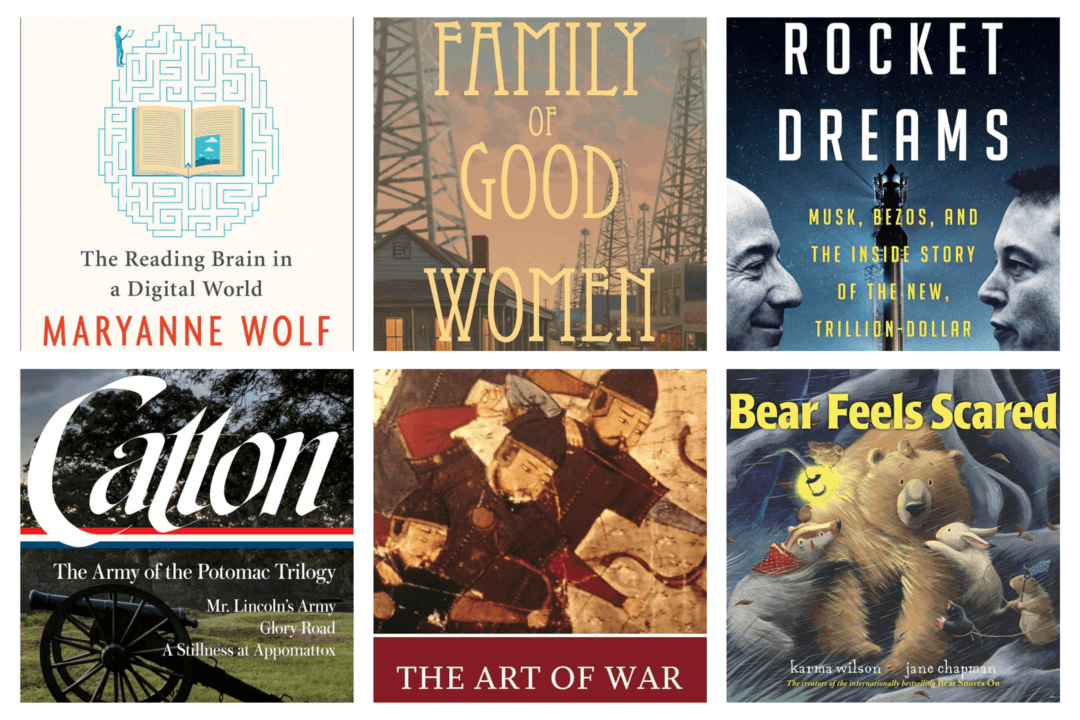In my personal library is Larry Woiwode’s (pronounced WHY-woody) 1975 novel “Beyond the Bedroom Wall,” a three-generation family chronicle set mostly in North Dakota. Novelist John Gardner in his review of the book wrote that “nothing more beautiful and moving has been written in years.” Renowned literary critic Jonathan Yardley ranked it as one of the best American novels of the 20th century.
On a nearby shelf is Frances Gray Patton’s novel “Good Morning, Miss Dove,” her 1954 bestseller centered on a strict but influential small-town schoolteacher in mid-century America. For her eloquent prose here and elsewhere, Patton was nicknamed “The Jane Austen of the South.”






